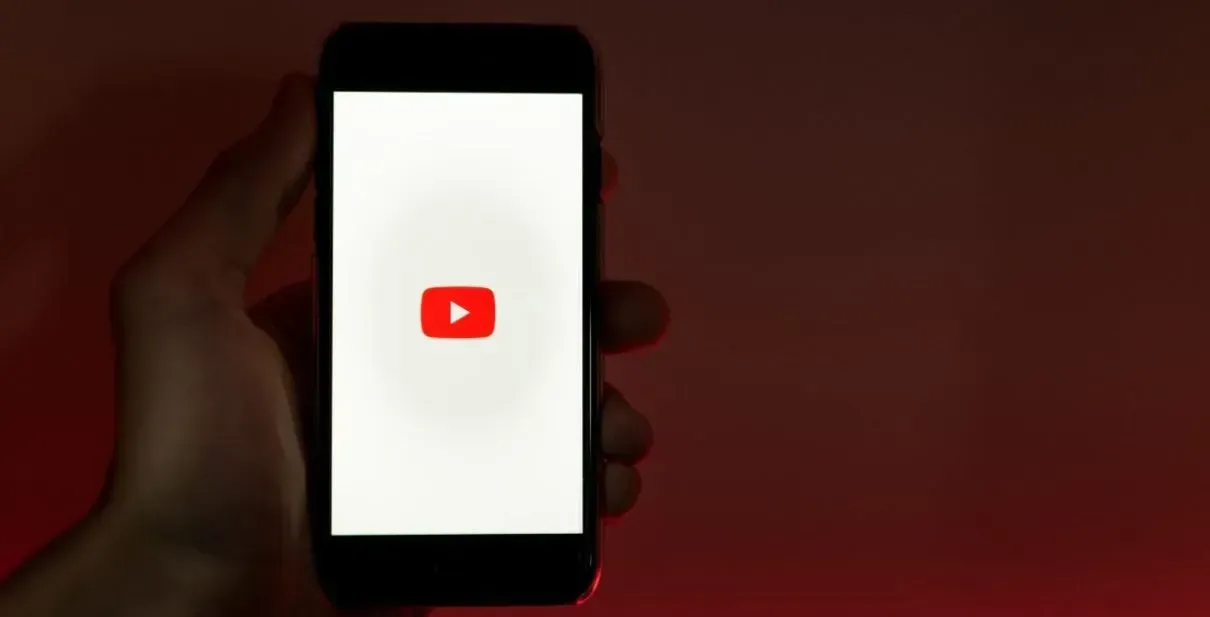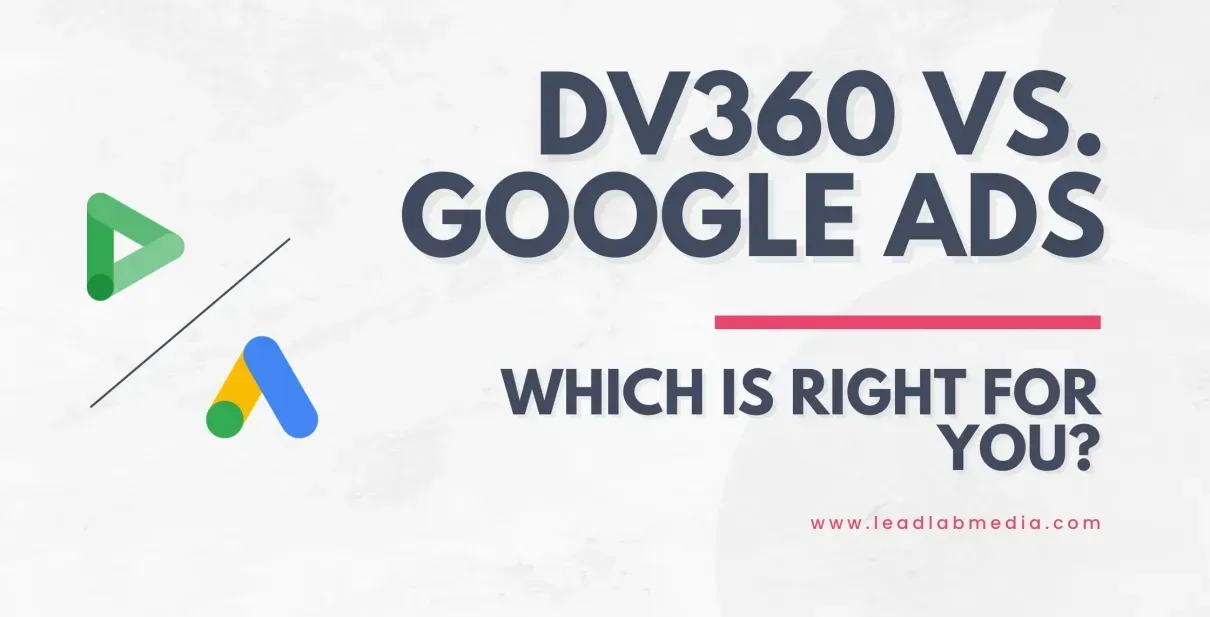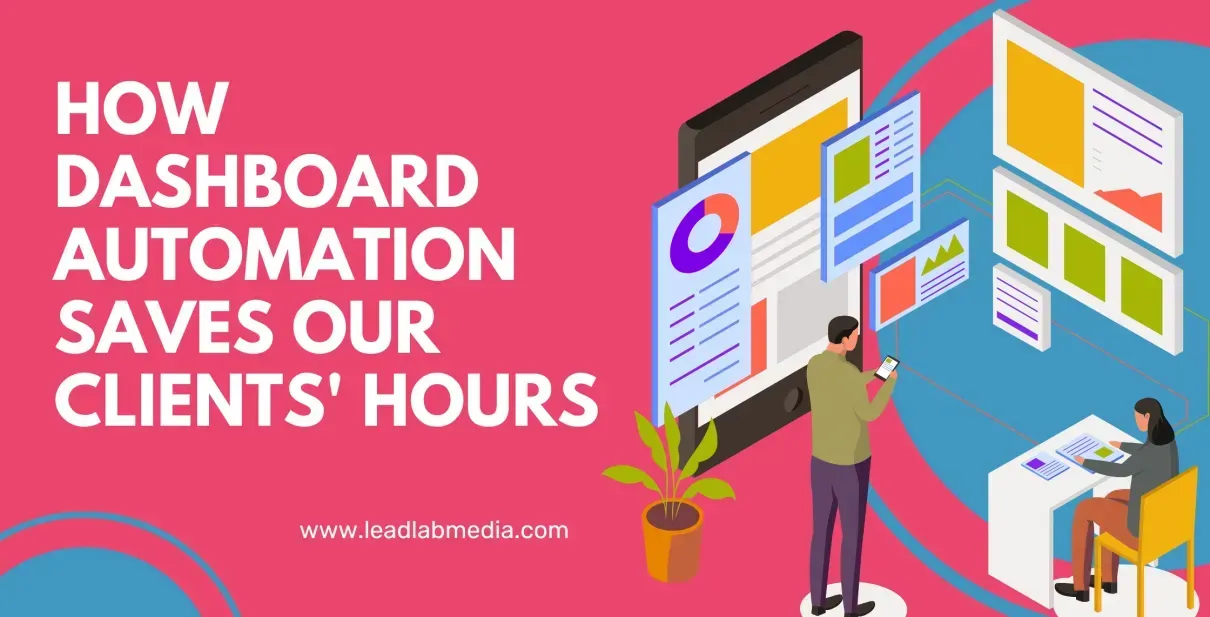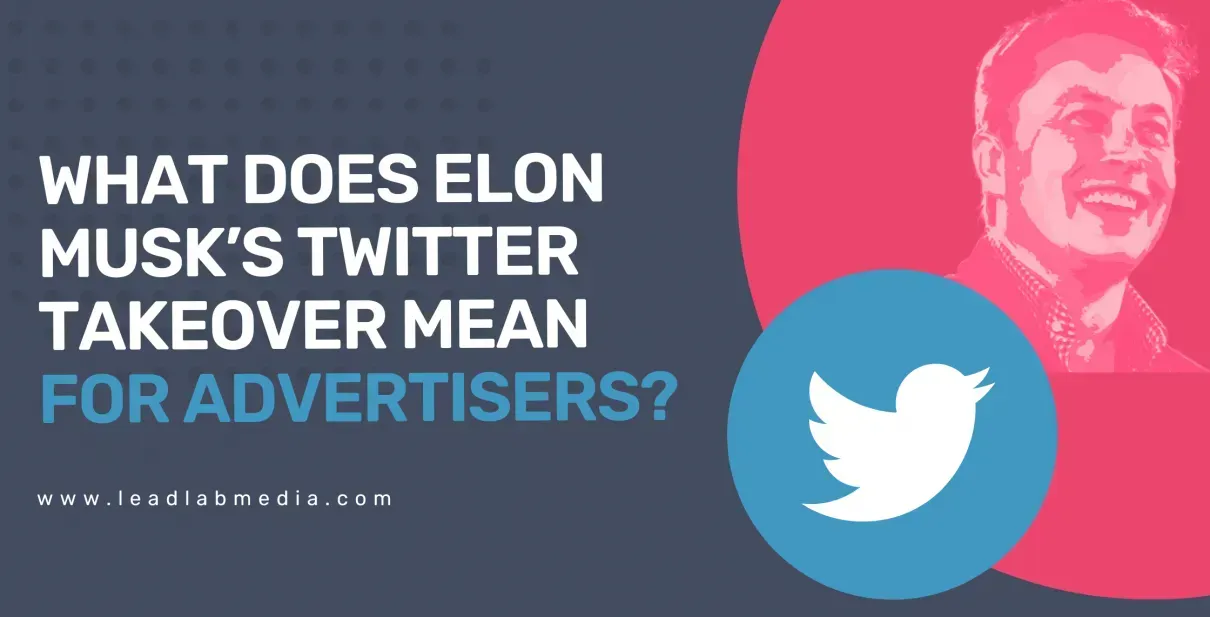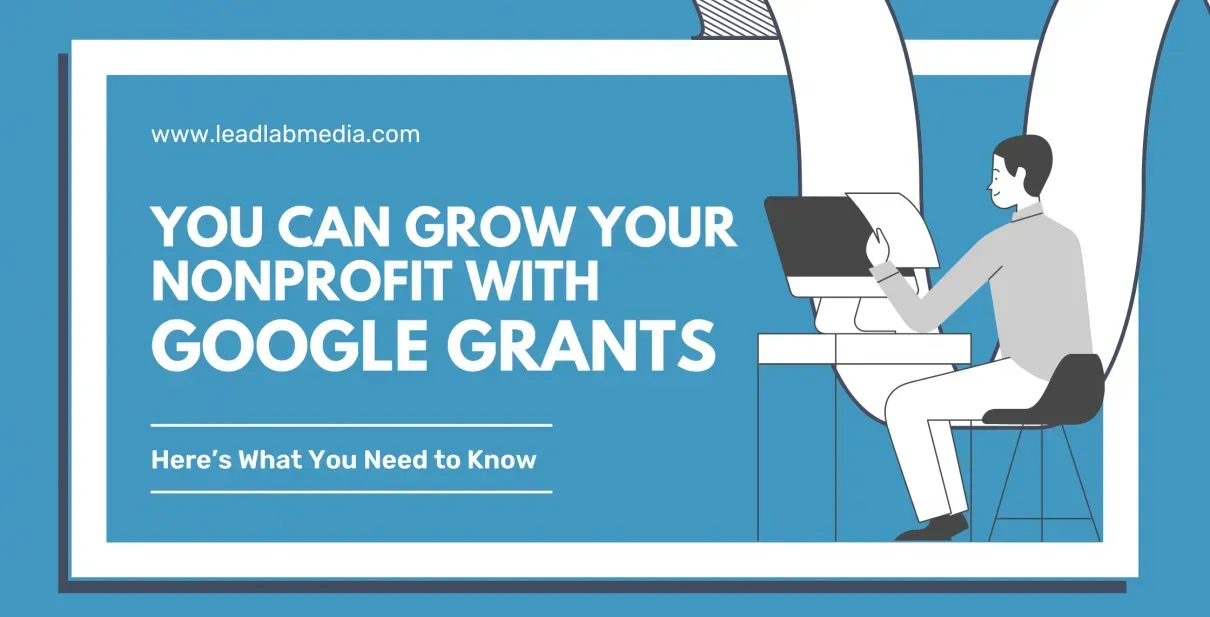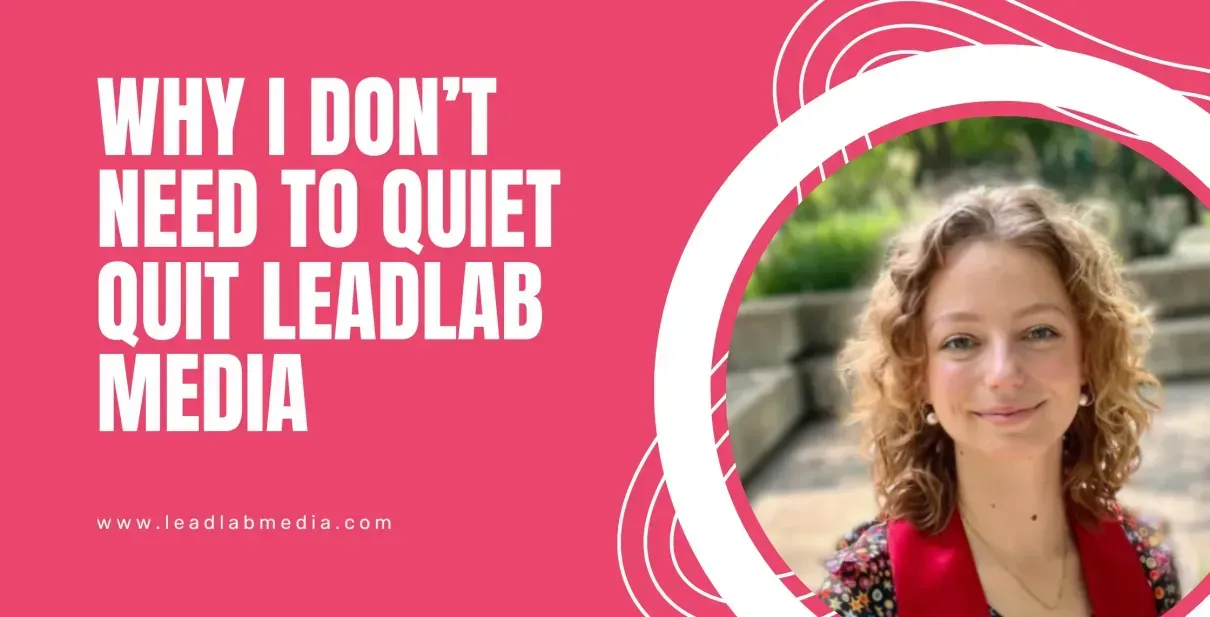Maximize Your ROI with Email Marketing
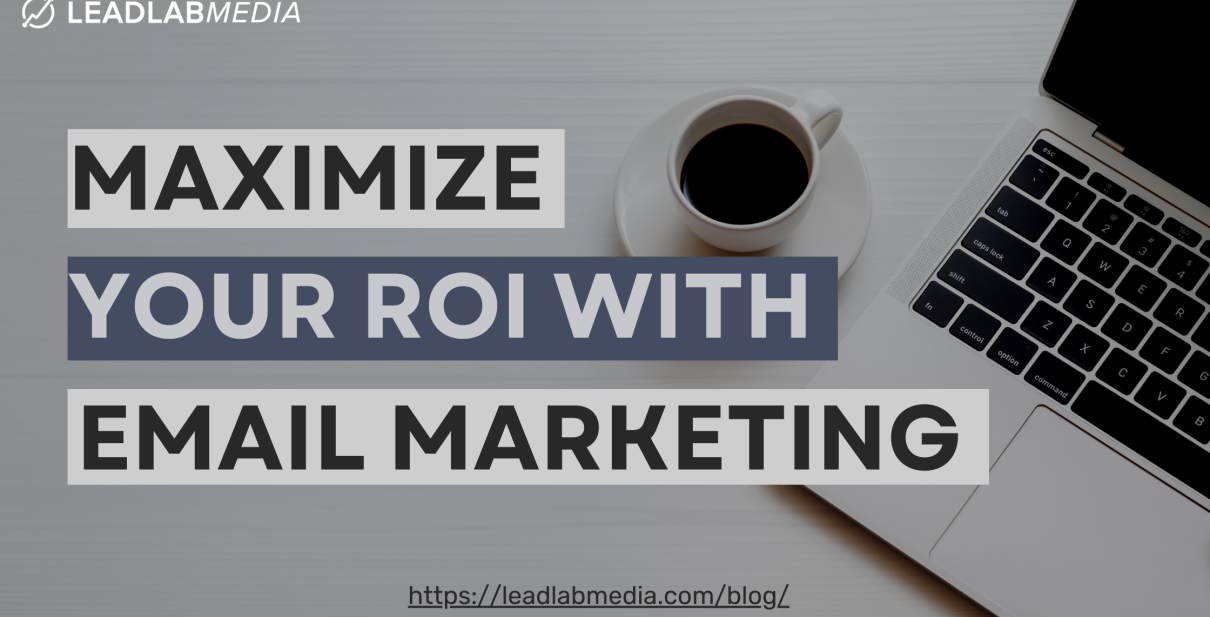
Email marketing was one of the first digital marketing tactics ever utilized by a business and has continued to be an effective channel with immense reach and ROI potential. It can be a highly profitable tactic across different industries and should be considered for every business’s digital strategy. Emails allow businesses to be direct and personable and can play a part in each stage of the sales funnel to increase sales and nurture customer loyalty.
Understanding how to utilize email automation and customer segmentation tools is the key to driving revenue and a high ROI for your company.
Why it’s Important:
- Reach – Over half of the world’s population has an email account and user volume is projected to grow in future years, making the reach of email marketing comparable to social media as a whole.
- Cost Effective – Email marketing is suitable for businesses of any size as it is one of the most affordable channels to promote services and offerings to consumers. Many email service companies have free or very low-cost per-message plans to help you reach your marketing goals, making it an ideal tactic for small businesses with the potential to scale up as the company grows.
- Increase Return on Investment – Recent studies have shown that email marketing produces one of the highest ROIs of any tactic, with an average of $36 of revenue for every $1 spent (source). This is significantly higher than other digital channels such as social or search and a smart email marketing strategy can be the key to growing your business’ revenue.
Strategies for Success:
Segment Audiences – One of the benefits of email marketing is the ability to serve personalized content directly to your consumers. Segmentation is an important tactic that divides your contact list into smaller sections based on their demographics, site behavior, interests, etc. This allows marketers to curate custom and more personable messaging for each audience.
Some questions to consider when segmenting:
- Does your target audience live in different places? Segmenting based on geography can allow you to send emails with locally relevant content and language, provide personalized travel directions to different store locations, or promote regional events.
- How long has it been since your customers have purchased/interacted? Group users based on how frequently they have purchased or interacted with the business. Frequent buyers can continue receiving details about new products and upsell with upgrades. Users who have not interacted with the business or recent emails can receive special discounts, reminders, or information regarding new products or sales.
- What types of products or services have your users interacted with? Engage users based on what products or pages they have interacted with in the past in order to keep their interest. This includes past purchases, types of pages viewed, or types of emails opened. Based on the different groupings of your company’s offerings, this can be a great way to provide recommendations that are relevant to a user’s interest.
- Where are your users in the sales funnel? For new subscribers or first-time purchasers, providing a welcome email with an offering helps introduce users to the brand and incentivize them to take action. For users who frequently open emails without making a purchase or conversion, an email with sale reminders or curated messaging based on their interests can drive them down the funnel and increase sales.
Set Up Automation Flows – Setting up an email marketing workflow creates opportunities for brands to be consistent, personable, and scalable. This includes creating triggers based on site behavior to boost customer retention and engagement.
- Abandon Cart – Re-target users who have added a product to their cart without checkout to remind them of the purchase and encourage them to visit the site again.
- Product Feedback – Encourage users who have purchased to complete a survey or provide feedback on the product/service that they received.
- Birthday or Anniversary – Set up automation to send a special email or offer on a user’s birthday/anniversary for a personalized touch.
- Welcome Email – Incentivize new customers to learn more about the brand with offerings for different products or services, or provide an offer/coupon that encourages them to purchase.
- Repurchase Reminders – If a previously purchased product/service is set to be running out or expiring, set up an automated reminder to encourage customers to purchase again. This is especially useful in subscription models. Another way to utilize reminder emails is for events such as webinars, conferences, etc.
Capture Attention With Content
- Emphasize the main point of the email in the subject, such as the offering or sale.
- Make emails easy to skim by including short paragraphs and bullet points that are concise.
- Put call-to-actions and important information above the fold.
Measure Your Campaigns and Optimize
- Review open rates, click rates, and unsubscribe rates often to track how different types of emails perform.
- Perform A/B testing to understand how different groups of subscribers respond to different imagery, messaging, and copy.
How to Get Started:
Keeping an active CRM list of customers and past users who have expressed interest is key to building the subscriber base that will be targeted within an email platform. There are many platforms to choose from that can fit a company based on the budget and desired goal. It is also best to review email platforms based on their capabilities with segmentation, automation, design, and testing.
Email marketing can be a highly efficient channel to drive ROI for many different industries but requires strategic audience setup, personalized content development, and testing in order to drive campaign success. If you or your clients need assistance with creating email marketing strategies, optimizing campaigns, or developing content, schedule a free consultation with LeadLab Media today!
